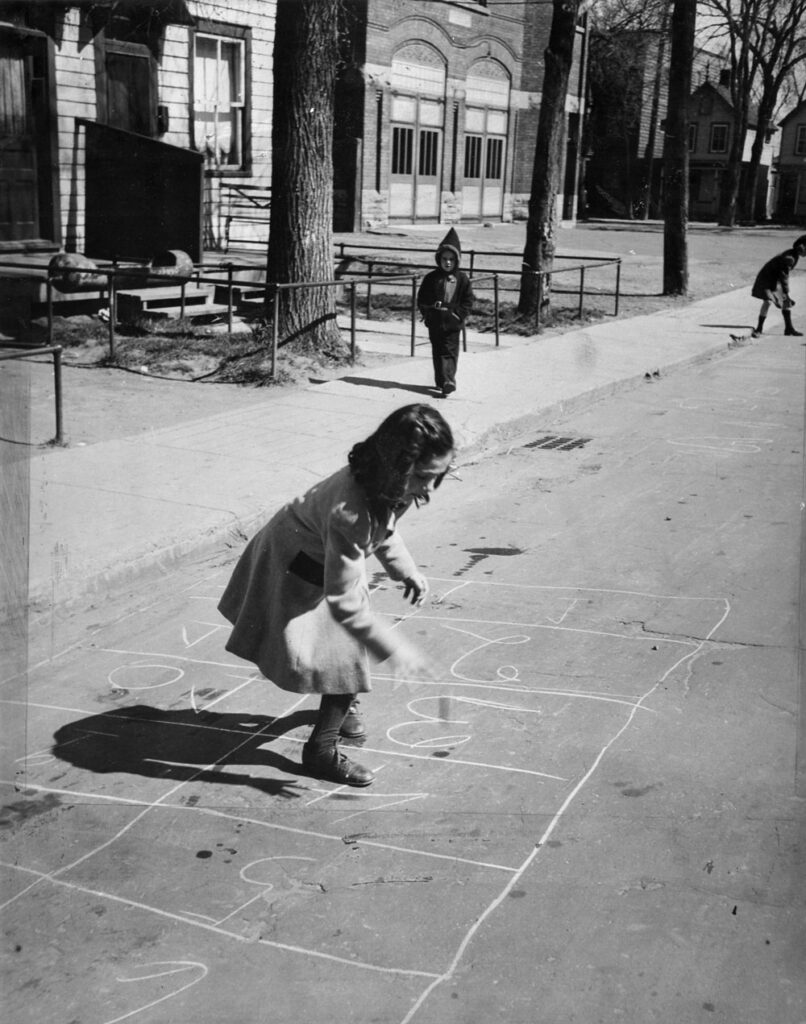Lowertown fire stations, then and now
By Michel Rossignol
In 1864, Ottawa’s municipal government decided to improve the city’s firefighting capabilities by buying two hook and ladder wagons for two fire brigades, one in Lowertown and one in Uppertown. There were no funds to buy horses, so the wagons had to be pulled by twenty volunteer firefighters.
There was another problem. Because of the rivalry between Lowertown and Uppertown, there was a big debate on which brigade would be Number 1. It was decided that the only way to settle the matter was to hold a race on Rideau Street. The volunteers of each brigade pulled their wagon between Wurtemburg Street and Sussex Drive. The Lowertown team won and became Fire Brigade Number 1.
Ten years later, the municipal government decided to establish a fire department with professional firefighters. Many fire stations were built at a time when Ottawa continued to grow rapidly. In the first half of the twentieth century, there were two fire stations in Lowertown.
Station Number 5 was an Ottawa Fire Department station from 1897 to 1952. It was located at 235 Water Street (today Bruyère Street) on the northwest corner of Water and King Edward Avenue. The firefighters of Station Number 5 fought fires not only in Lowertown, but also in surrounding areas including Eastview (now Vanier). The station also played a role in the neighbourhood. It was, on occasion, the site of bean suppers by community groups and the place where people could vote in municipal elections.
My grandfather, Eugène Rossignol, was one of the firefighters of Station Number 5 from around 1912 until the late 1920s. Other residents of Lowertown who were firefighters include three generations of the Pagé family, (Édouard, Armand, and Robert — see The Echo article of June 2023). Captain Edouard Pagé was at Station Number 5 notably in the 1920s and 1930s, and Armand Pagé was the Ottawa Fire Chief from 1961 to 1966.
Station Number 5 closed in 1952, but it was not demolished – it was transformed into a residential home. In the 1970s, the City of Ottawa decided to use the building as a community centre. The Armand Pagé Community Centre was opened in 1979. It was in the old building, but the address was now 241 Bruyère Street. In the mid-1990s, the city decided to close the centre and to sell the building. The building was again transformed into homes, and it is still at the corner of Bruyère and King Edward, a proud reminder of Lowertown’s past.
The other Lowertown station was Station Number 4 at 387 Cumberland Street at the northeast corner of Cumberland and George Streets. It was a fire station from 1911 to 1963. In the 1800s, there was a number of major fires in butcher shops and other stores in the ByWard Market and as a result, it was deemed important to locate a fire station close to the Market. On January 2, 1957, a very cold day, the firefighters of Number 4 and other stations fought one of the biggest fires in Lowertown’s history. The fire destroyed the buildings on the south side of Murray Street and some on Clarence between Sussex and Parent Street.
The fire station on the northeast corner of Cumberland and George was closed in 1963 and the building was demolished. The site was a parking lot for many decades, but there is now a high-rise condominium building at this location. A new fire station was built on the northwestern corner of Cumberland and Clarence Streets. After a few decades, it was also closed and the building was demolished. An apartment building now stands where that station was located. Today, Station Number 13 on Laurier Street and other nearby Ottawa fire stations respond when there is a fire or accident in Lowertown.








